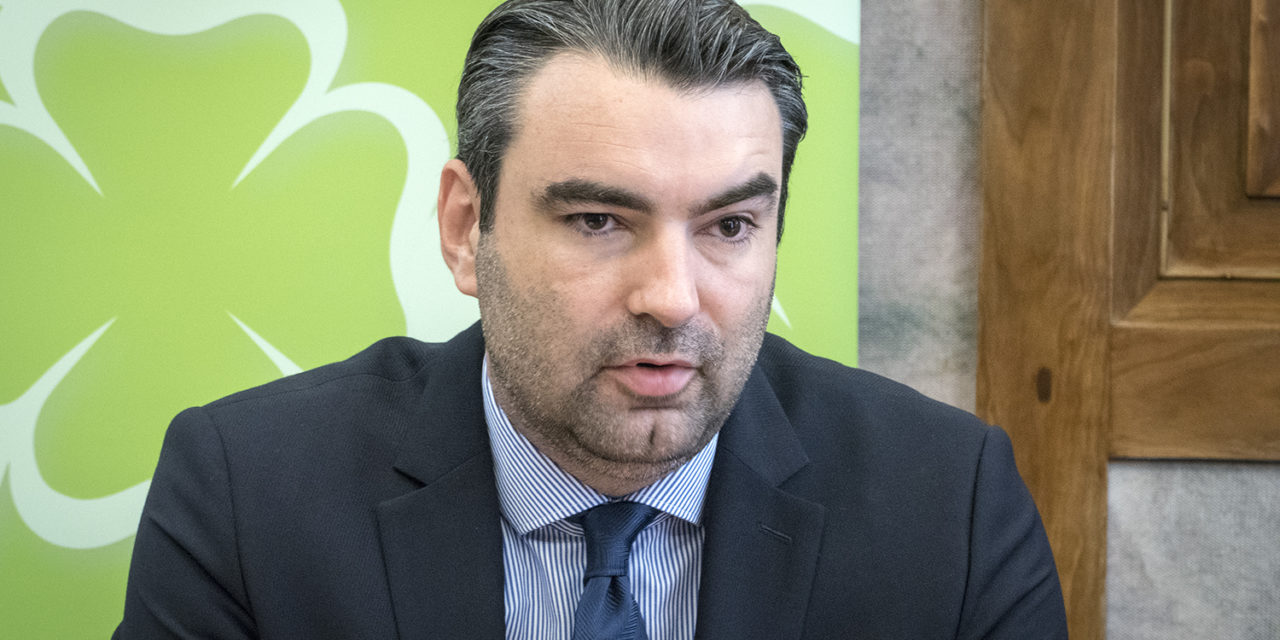In public finance, the budget is a predetermined order and a strict framework for the state's financial management. Its binding force is ensured by the fact that it is created in the form of a law. In addition, the design must comply with:
- the principle of authenticity , i.e. only as many funds as are reasonably necessary for the performance of public tasks can be provided
- according to the principle of restriction of use , i.e. the resources should only be used in accordance with the established purpose
- the principle of transparency, i.e. promoting transparency, the various sources must be transparent between budget years
The transparency of the budget is also ensured by the fact that the planning process itself is two-level : the main figures are presented by the government, while the creation of partial appropriations and measures starts from the bottom up. The latter can take place at the institutional level, but we can also speak of a simple citizen's initiative, which takes place indirectly through the member of parliament in the form of an amendment proposal. This is precisely why the hundreds of pages of the document are easily accessible to everyone, although understanding all its details requires appropriate expertise.
It is important to note that the Basic Law also specifically states that "bills on the central budget and its implementation must contain state expenditures and revenues in the same structure, in a transparent manner and with reasonable detail." Of course, there are different degrees of transparency, but to say that the government is doing everything so that we don't understand anything from the budget is simply not true. The document is full of detailed tables, explanations, usage and settlement rules, it only takes time and expertise to study it. In addition, citizens have the opportunity to directly contact members of parliament, ministries and other state institutions in the form of requests for data of public interest.
Before I turn specifically to the 2022 bill, it is worth noting that the level of transparency cannot be measured . Although there are efforts to do so, such as the comparative analysis published every two years by Open Budget Survey , which assesses the transparency of the budgets of individual countries in the world in the form of questionnaires. It is important to underline that far-reaching conclusions cannot be drawn from this, because it is enough to examine the questions and it is easy to see that individual answers are judged very subjectively. Despite this, Hungary is in the middle, exactly in line with the world average and in the upper half of the ranking. It is in a group (so-called limited information available) with the other countries of the V4, but for example Spain is also located here. The goal is given, the country is progressing on the path of transparency at its own pace.
With the 2022 budget, the government is trying to make maximum use of the available budget space, in the words of the finance minister, " If we want to overtake in a corner, we have to press the gas harder ". This is exactly why the government claims that the 2022 budget is the budget of the restart and that it is "the biggest economic program in the history of modern Hungary". I highlighted this because, as we have seen this year, the pandemic has overwritten all calculations. In fact, we can only hope that it will end next year, but a restart budget cannot be planned exactly to a hair's breadth. is provided by the Economic Restart Action Plan , the amount of which is more than HUF 7,000 billion and reaches 13% of GDP.
The biggest critics of transparency found exactly this item, more precisely the Investment Fund . In the general rationale, it is treated as a special central reserve that will specifically finance the preparation and implementation of investments. Moreover, in accordance with the previous principles, the bill details that "investments started in the areas of education, health, transport, culture, leisure and sports, tourism development, church and environmental protection will be continued in 2022 at the expense of the Investment Fund appropriation, and further - economic and social from both points of view - there are significant investments in the preparation phase". This means that the ministry will find out the details later, when the chapter volumes are published. Thus, it is only a matter of time how the resources to be used will be spent, without violating the principle of transparency at all.
Transparency is also promoted by the fact that the Ministry of Finance, the suggestions of the Budget Council, "in addition to the statutory appropriations for 2021, the 2022 budget bill displays the expected data for 2021 in the annex to the general justification". This is also important because, knowing the data, it is possible to judge the fulfillment of this year's budget even better. In addition, we can get a better picture of the next year's plans. The ministry puts it this way: "the innovation ensures the comparability of the appropriations forecasted for this year and those planned for next year, and thus significantly helps to review the validity of the deficit reduction laid down in the 2022 budget bill."
As a final thought, refuting the bodies that brush the lack of transparency, it is enough website of the Ministry of Finance . Here you can find all the information about the budget, various reports, public finance control, etc. In addition, the State Audit Office is also obliged to comment on the budget bill every year. In this year's publication, the ÁSZ specifically emphasizes that "the structure of the bill is in accordance with the legal requirements, thereby meeting the requirement of transparent budget planning". Let's also not forget that since we are members of several international organizations (e.g. the European Union), the government has reporting obligations regarding public finances several times a year. Thus, not only does the government's budgetary processes have domestic control, but it is also surrounded by significant international attention.
All in all, it can be said that the Hungarian government is doing everything in order to inform the public as widely as possible about the spending of our common money. The materials are now available digitally in an easily searchable form - even in several languages. Citizens have countless opportunities to learn about budget items and even to influence them. It can be said with complete certainty that public finance processes are transparent and can be monitored in Hungary, even in a period when significant turbulence can be observed in the world economy.
As for the government's fight against corruption based on the Századvég Foundation's analysis, the reality is that members of the same political community were at the head of the executive power in 1999, when Hungary joined the Council of Europe's Group of States Against Corruption (GRECO), then the Fidesz governments after 2010 launched comprehensive anti-corruption measures and a National Anti-Corruption Program, and the medium-term National Anti-Corruption Strategy for the period 2020-2022 is currently being implemented.
In the past ten years, the operation of the state, as well as the use of public funds and EU resources, as well as the public procurement system, have become much more transparent and disciplined. Our country also performs well at the EU level and cooperates excellently with international organizations in combating corruption.
The Hungarian prosecutor's office filed charges in 45 percent of the cases initiated by the Anti-Fraud Office (OLAF) between 2012 and 2018 (the EU average at that time was 36 percent), while in Germany it was 21 percent, in France 25 percent, and in Romania 30 percent. allegations of corruption, or none at all. In 2020, charges were brought in two-thirds of the cases investigated by the Hungarian authorities, which rate is considered exceptionally high at the EU level, as the latest EU average is 37 percent.
Source: alaptorvenyblog.hu
Photo: 2022plus













